持続可能な観光地の国際的な認証団体『グリーン・デスティネーションズ(Green Destinations)』が2021年の持続可能な観光地100選(The 2021 Top 100 Destination Sustainability Stories)を発表し、日本から12地域が選ばれ、四国では小豆島町が唯一選ばれました。
グリーン・デスティネーションズ は、世界持続可能観光協議会(GSTC)が開発した持続可能な観光の国際指標の国際認証団体のひとつです。
小豆島 中山千枚田
住所:香川県小豆郡小豆島町中山1486[Google Map]
Nakayama Senmaida (terraced paddy field), Shodoshima island
Address : 1486 Nakayama, Shodoshima town, Kagawa pref., Japan [Google Map]
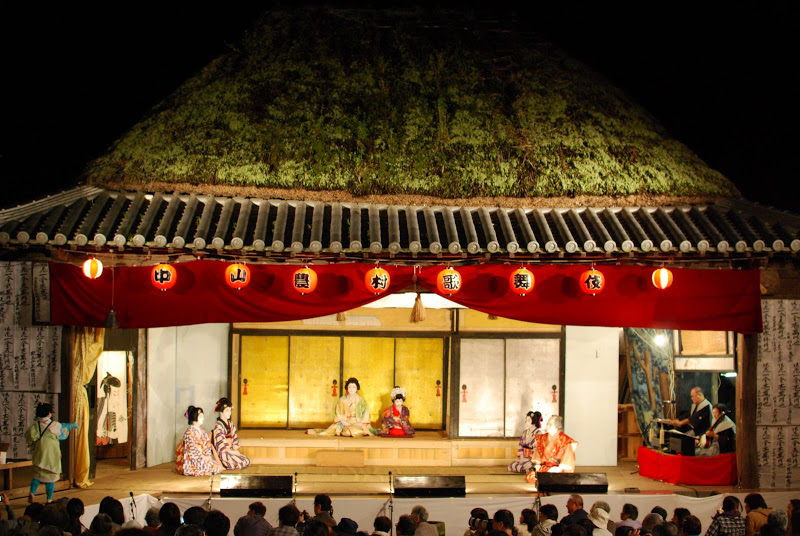
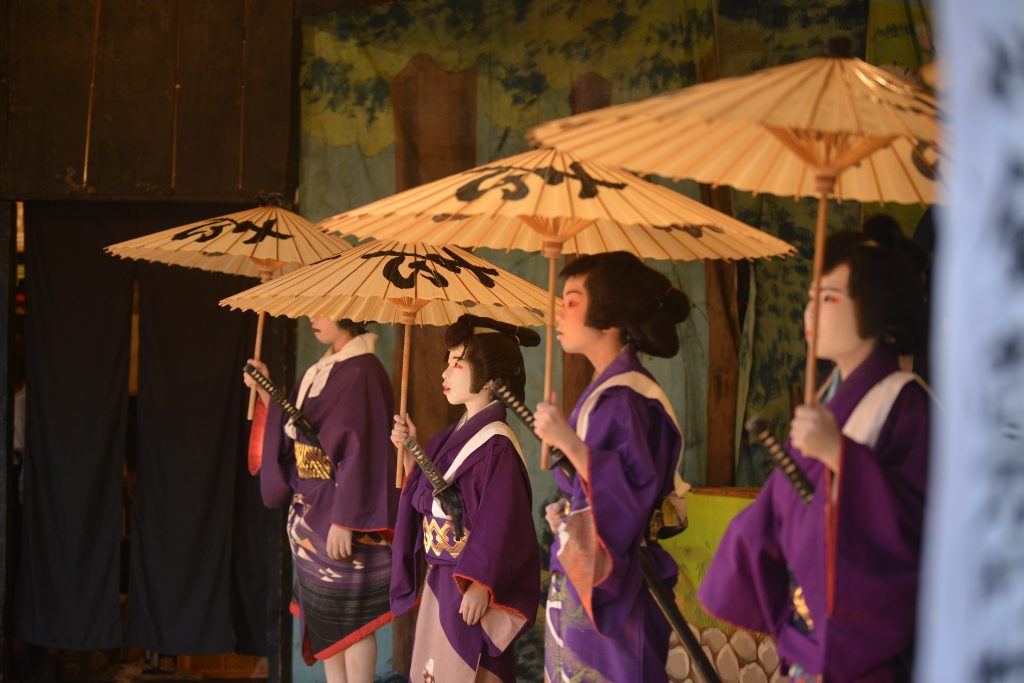
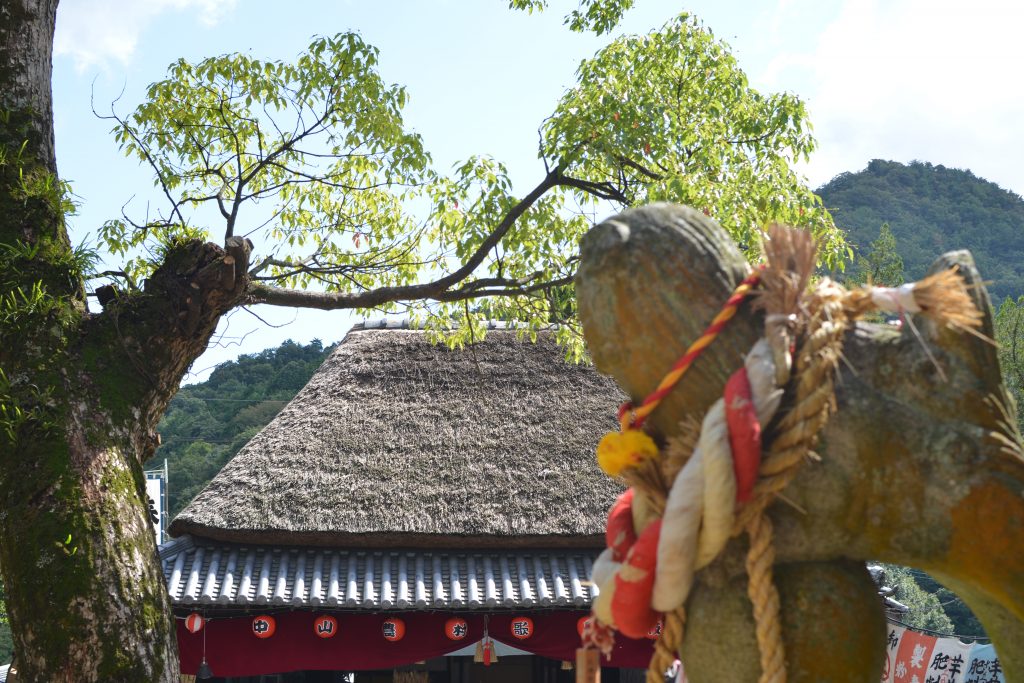
2021 TOP 100 GOOD PRACTICE STORY – PDF
Issues faced
The Nakayama area, located in the middle of a mountainous area in Shodoshima Island, has been selected as one of the “100 Best Rice Terraces in Japan”. The site is surrounded by deep mountains, beautiful clear streams where fireflies dance in early summer and scattered houses throughout the area. Since the original scenery of Japan still remains, it is considered as one of the “100 Most Beautiful Historic Villages in Japan” and “100 Selections of Japanese Villages”. In Nakayama, the local rice cultivation is not only meant to balance the ecosystem, manage water flow and preserve the landscape, but also it is an axis of local culture where traditions such as the “Nakayama Rural Kabuki” (*1) and “Mushi Okuri” (*2) are still present. Unfortunately, in the 1970s, due to the low labor productivity of the Terraced Rice Fields, many farmers left, leaving the region with a serious aging and declining population problem. This situation affected vastly the rice terraces, which were abandoned. In fact, in 2012, the number of terraced rice fields managed by cultivation decreased from 758 to 435. The increase in the number of dilapidated rice fields covered with plants and trees has damaged the Satoyama (Japanese Rural landscape), reduced the water circulation function and further deteriorated the effectiveness of agricultural work. In addition to this, the problem of depopulation also affected the transmission of the Nakayama Rural Kabuki, a 300-year-old traditional local performing art and the Mushi Okuri event fell into oblivion, putting at risk its survival. The landscape and traditional events of the Nakayama area have a high value for tourism and are one of the town’s most valuable tourist resources that have attracted many visitors. The issue was, however, whether it would be possible to continue to protect the Nakayama Senmaida rice field, which is the source of this activity.(*1) “Nakayama Rural Kabuki” This traditional performing art has been handed from generation to generation since the middle of the Edo period (about 300 years ago). As a tribute for a good harvest, it is performed by the local people including the actors and the backstage staff.
(*2) “Mushi Okuri” This is also a traditional event like the Nakayama Rural Kabuki, which has been passed down since the middle of the Edo period (about 300 years ago). This event is held on the 11th day counting from the summer solstice, known as Hangesho in the area (normally in the beginning of July). The participants march in a procession through a trail between terraced rice paddies with torches called “Hote” and hoping to have a good harvest by avoiding pest damages.
Concerned about the future of Nakayama Senmaida Terraced Rice Fields, the local residents, in cooperation with the government and experts in rural revitalization, conducted a series of surveys and workshops on the current state of the terraced rice fields and their preservation activities. These actions aim to preserve for future generations the terraced rice fields that their ancestors had protected, and the precious culture and traditions that had been nurtured around them. On June 21, 2015, the Nakayama Tanada Council was established in Shodoshima Town to manage these issues. The Council has made various efforts to preserve the terraced rice fields. First, the Nakayama Senmaida Rice Fields landowner’s system, which started in 2016, is meant to preserve the terraced rice fields by having urban residents directly involved in the cultivation. People who understand the preservation activities of the Nakayama Senmaida terraced rice fields and who value the relationship with the local residents are recruited and invited to participate not only in rice planting and harvesting, but also in traditional events such as the Mushi Okuri and Nakayama Rural Kabuki, so that they could get to know the culture of the Nakayama Senmaida rice fields. Since 2011, an annual survey has also been conducted every October to visualize the state of cultivation and to understand the current situation. In addition to this, some agricultural experiential programs have been hosted by six universities in Japan and Indonesia, as well as exchanges with students from local universities. Students from the local university have set up a project called “Tanada no Kai,” which aims to work with local people to create a sustainable community around the terraced rice fields through experiences such as farming and traditional events. Through contact with young people, such as university students and terraced rice field owners, local farmers have gained interest, helping the area to be revitalized.
Key success factors
There were two events that motivated the local people to take part in the preservation activities of the terraced rice fields. The first was the Setouchi International Art Festival, which took place in 2010 and 2013. This was a contemporary art festival held once every three years on the islands of the Seto Inland Sea and attracted around 110,000 visitors in 2010 and 200,000 in 2013 to Shodoshima. Among them, one of the most popular artworks in the Shodoshima area was a dome-shaped work made from thousands of bamboo sticks by Taiwanese artist Wang Wen-Chih, which was exhibited in the Nakayama area and attracted many visitors. Secondly, it was the location for the film “Rebirth” (Yōkame no Semi), which was released in 2011 and won 10 Japanese Academy Awards. The key shooting scene in the movie was accompanied by a reenactment of the “Mushi-Okuri” ceremony in the Nakayama Senmaida rice field. It was an opportunity for the local people to revive a tradition event that had been long lost. In this way, the Nakayama area gained more attention as a tourist destination and the local people were able to recognize the charm of their own region.Lessons learned
Recognized both domestically and internationally as a location for the Setouchi International Art Festival and movies, both local residents and the Shodoshima Nakayama Terraced Rice Field Council have been actively involved in preservation activities. However, the increase in the number of tourists brought other inconveniences, such as occurrences of visitors entering the terraced rice fields on private property and parking on the road due to unclear parking areas. In order to solve this problem, the town paved the parking areas, installed signs to guide visitors to the parking areas, and put-up signs to warn visitors not to enter the rice paddies and footpaths. In this way, a certain level of mutual consideration has grown between the lives of the local residents and tourism, making it possible to preserve the local landscape and culture while maintaining the bustle of tourism.Results, achievements and recognitions
As a result of public-private sector conservation efforts led by the Shodoshima Town Terraced Rice Fields Council, 44 rice fields were restored by 2020, and with the combined efforts of the local water irrigation association and others who have mowed the fallow fields twice a year to preserve the landscape, 68 degraded fields have been eliminated. In addition, the “Mushi-Okuri” event that had once ceased to exist, was reestablished after success during the filming of a movie in 2011, and has become a summer tradition in Shodoshima, attended by not only local residents but also by many tourists. The Shodoshima Town Terraced Rice Fields Council was awarded by the Agricultural and Rural Development Project Public Relations the Grand Prize in 2014 in recognition of its extensive publicity activities regarding the preservation of the terraced rice fields and other local attractions such as traditional events and the Setouchi Triennale International Art Festival exhibits. Since 2017, in collaboration with a local sake brewery company, Shodoshima Sake has been produced and sold made from sake rice cultivated in the Nakayama Senmaida rice field. The rice from this area is also used as a return gift for Shodoshima’s hometown tax donation program. The promotion of the Nakayama Senmaida rice field both domestically and internationally must continue.The love for the Nakayama Senmaida has united the community and the government. With the addition of the perspective of tourism from the outside, the uniqueness and value of the Nakayama Senmaida has been rediscovered once again. In order to preserve the Nakayama Senmaida Terraced rice fields for the future, the local community, residents and the government will continue to work together, aiming to make it a tourist destination of choice for tourists who value the importance of preserving the local landscape and cultural heritage.
小豆島町が「世界の持続可能な観光地TOP100選」に選出されました/小豆島町
2021年版の「世界の持続可能な観光地TOP100選」の発表が10月5日に行われ、日本からは12の地域が選出されました。四国では小豆島町が唯一の選出となります。
「世界の持続可能な観光地TOP100選」とは
「世界の持続可能な観光地TOP100選(以下、TOP100選)」とは、国際認証の公式認証機関であるオランダの非営利団体グリーン・デスティネーションズが、持続可能な観光の国際基準を取り入れ、より良い地域づくりに努力している地域を毎年選出しているものです。エントリーには、持続可能な観光に関する100項目にわたる国際基準のうち、景観保全や文化財の保護、エネルギー消費量の削減など、特に重要な15項目の指標をクリアしていること、さらに、地域の優れた取組事例「グッド・プラクティス・ストーリー」の存在が必要になります。
TOP100選に選定された地域は、認証の証であるロゴマークの活用や専用ホームページによる国際的なPRが可能となり、世界中からの観光客の誘客などが期待されます。「持続可能な観光」ってなに?
「自然」「文化」「伝統」「そこに暮らす人々」などの地域資源を生かし、旅行者を受け入れ、地域経済を発展させながら、同時に自然環境や文化、伝統を守るという「そこに暮らす人々」の未来にも十分に配慮した観光のかたちです。なぜ今、「持続可能な観光」が必要なの?
皆さんは、観光をするときどんな旅先を選び、旅先でどんな体験をしたいと思いますか?
今、海外では「環境や自然への配慮が為されている旅先を選びたい」「旅先ではエコのため、移動は徒歩や自転車を利用したい」などといった、旅先の環境や社会などに配慮した旅行の考え方を持つ旅行者が増えています。
新型コロナウイルスが蔓延する以前には、増え続ける観光客の極端な集中により、地域住民の日常生活や自然環境に多大な悪影響を及ぼす「オーバーツーリズム」が世界中で問題となっていました。国内外から多くの観光客が訪れる小豆島町も例外ではなく観光によって地域経済を回しながらも、町の宝である豊かな自然と歴史ある産業、守り継がれてきた伝統や文化を後世に残していくためには、持続可能な観光マネジメントが必要不可欠となっています。世界に認められた小豆島町の「グッド・プラクティス・ストーリー」
「日本の棚田百選」にも選ばれている中山千枚田。農村歌舞伎など地域文化の基軸となっているこの美しい棚田は、担い手不足により、荒廃田が増加し、景観保全や伝統文化継承の危機に直面していました。中山千枚田の将来を危惧した地域住民は、行政と連携し、「中山棚田協議会」を発足させ、棚田の現状調査や国内外の大学生による農業体験プログラムの受入など、関係人口を増やしながら棚田を中心とした持続可能な地域社会を目指し保全活動を行ってきました。協議会や地域住民の努力の結果、現在でも一定の景観と棚田の機能が保たれています。
近年では、映画のロケ地となったことをきっかけに伝統行事「虫送り」の復活。瀬戸内国際芸術祭により、国内外から多くの観光客が訪れるようになり活気に溢れています。また、観光客が耕作地等に入らないよう案内看板を設置するなど、そこに暮らす人々の生活と観光の間にお互いを思いやる一定の距離が芽生え、観光の賑わいを維持しながら、地域の景観や文化を守っています。
住民の中山千枚田を思う気持ちが地域と行政を団結させ、そこに観光という外からの視線が加わることで中山千枚田の希少性や価値が改めて見出されました。
郷土愛に守られた寒霞渓
小豆島が世界に誇る景勝地であり、人々を魅了し続ける名勝寒霞渓は、今よりはるか昔から先人たちの努力によって守られてきたことをご存知でしょうか。その昔、寒霞渓の景観に注目した外国人によって土地が買収されそうになった際、乱開発を防ぐため、地元で醤油醸造業を営んでいた長西英三郎氏は、「神懸山保勝会」に巨額の寄付を行い、寒霞渓一帯の土地の取得に協力しました。その結果、土地の管理が一元化され、「日本三大渓谷美」と称されるまでの環境整備が進んでいきました。まさに、現在におけるナショナルトラストの先駆けとも言える活動が100年以上前の小豆島で行われていたのです。
今日では、瀬戸内海国立公園として、法律により景観や生態系が保護されていることはもちろんですが、先覚者たちの郷土愛を受け継ぎ、様々な地元団体や有志の方々が寒霞渓の景観保全活動や魅力の発信に取り組んでいます。
寒霞渓は、1,300万年の年月が生み出した「自然の美」の上に人々の郷土愛による保全活動が加わり創り上げられた、世界に誇る小豆島の宝です。先人たちが過去から私たちへ残してくれたこの宝物を、未来への最良の贈り物として繋いでいく義務が私たちにはあります。

![【高知】魚を守る道、アイスハーバー型らせん魚道 – [Kochi] Ice Harbor type spiral fishway](https://yousakana.jp/wp-content/uploads/wordpress-popular-posts/50244-featured-120x120.jpeg)
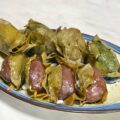
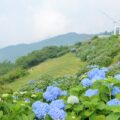
![【小豆島 7/8】虫送り、江戸時代から島に伝わる行事 - [Shodoshima island, 8 July] The torch procession at island](https://yousakana.jp/wp-content/uploads/wordpress-popular-posts/11719-featured-120x120.jpeg)

![【香川 7/20】海に生きる人たちによって300年受け継がれてきた船渡御『皇子神社船祭り』 - [Kagawa 20 July] Over 300 years history, the boat festival of Ouji shrine](https://yousakana.jp/wp-content/uploads/wordpress-popular-posts/41120-featured-120x120.jpg)

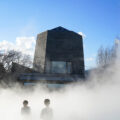
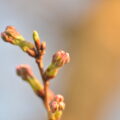
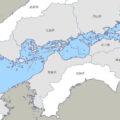
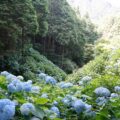

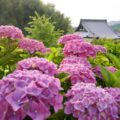
![【香川】春日川の川市 – [Kagawa] River market of Kasuga river](https://yousakana.jp/wp-content/uploads/wordpress-popular-posts/49605-featured-120x120.jpeg)


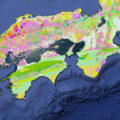

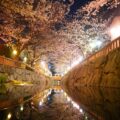



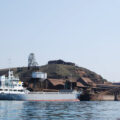
![【小豆島 7/5】虫送り、江戸時代から島に伝わる行事 – [Shodoshima island 5 July] The torch procession at island](https://yousakana.jp/wp-content/uploads/2023/06/mushiokuri-shodoshima-island-150x150.jpeg)
![【小豆島 3/29-5/10】瀬戸内海を泳ぐ鯉のぼり『旧戸形小学校』 – [Shodoshima island 3/29-5/10]Carp streamers in the Seto Inland Sea. ‘Former Togata Primary School’](https://yousakana.jp/wp-content/uploads/2022/05/Carp-streamers_Togata-Primary-School-150x150.jpeg)
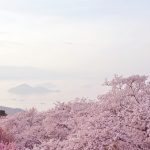
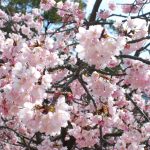
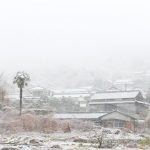
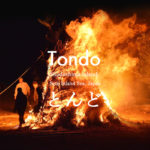
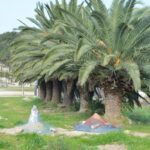
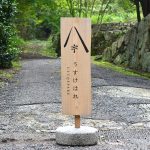
![【小豆島 10/16】池田の桟敷。江戸時代に築かれた石垣でみる秋祭り – [Shodoshima Oct. 16] The autumn festival at stone wall in Shodo island](https://yousakana.jp/wp-content/uploads/2014/09/shodoshima-festival-Autumn-150x150.jpg)
![【小豆島・豊島】小豆島・豊島 秋祭りまとめ – [Shodoshima Teshima] The autumn shrine festival](https://yousakana.jp/wp-content/uploads/2016/10/shodoshima-festival-150x150.jpg)
![【徳島】鮮魚のスモーク専門店『日和佐燻製工房』 – [Tokushima] Hiwasa Smokehouse](https://yousakana.jp/wp-content/uploads/2021/06/hiwasa-kunsei-koubou_hiwasa-smokehouse-800x533.jpeg)
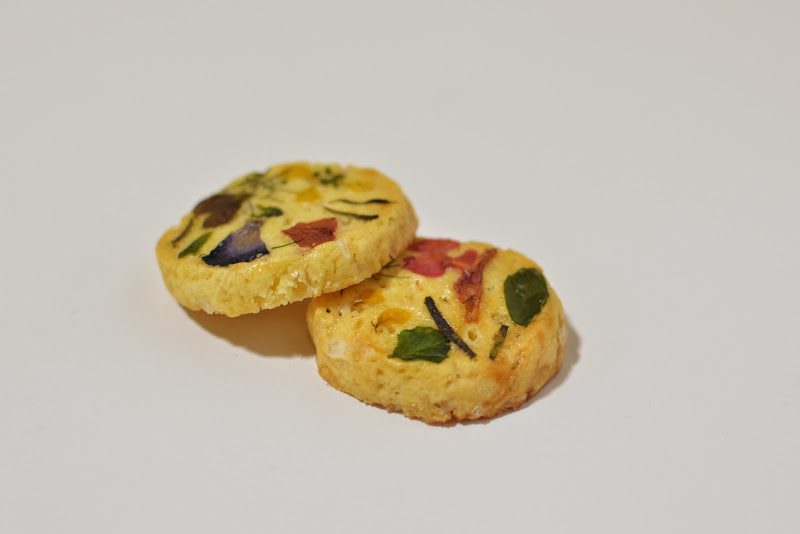
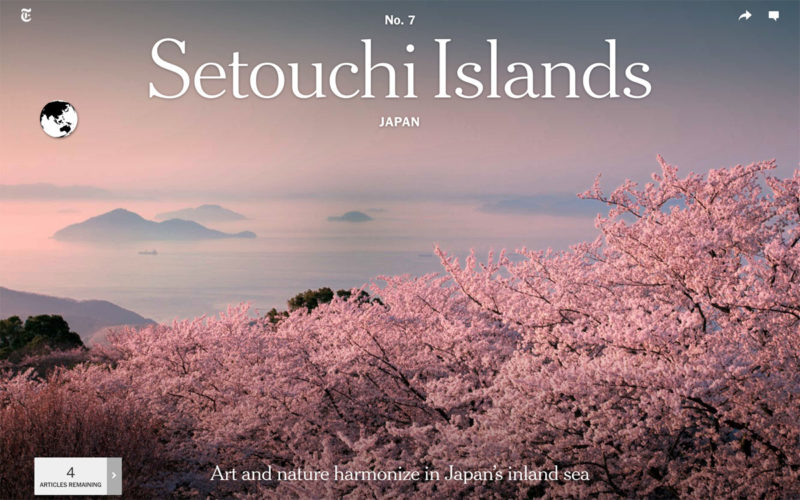
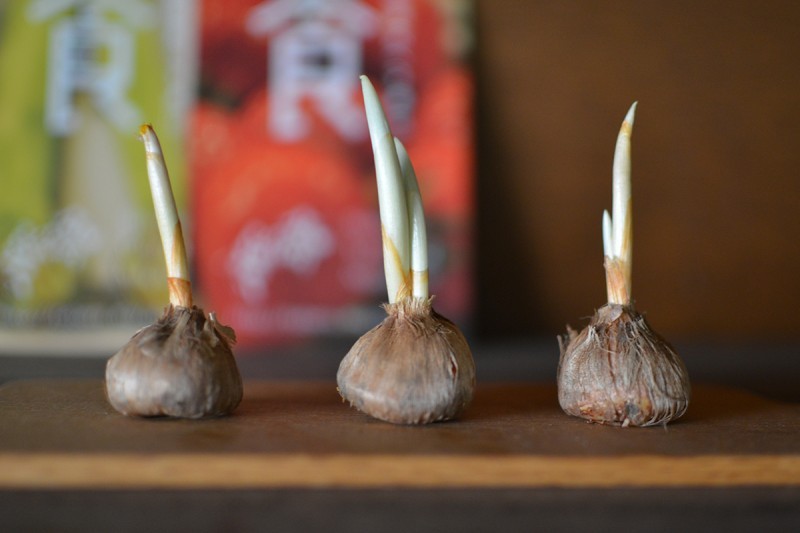

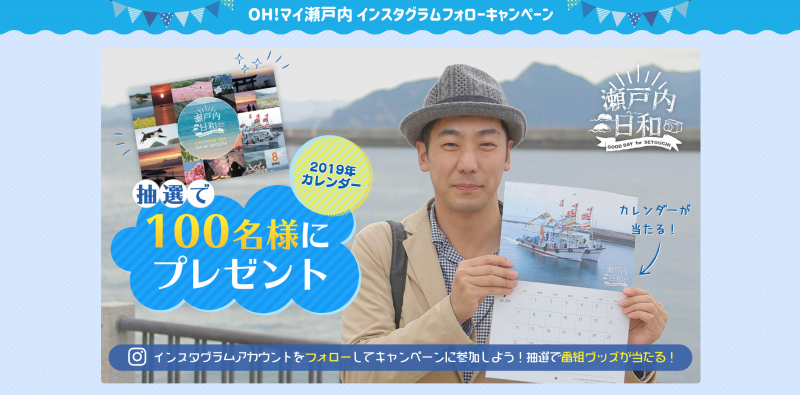
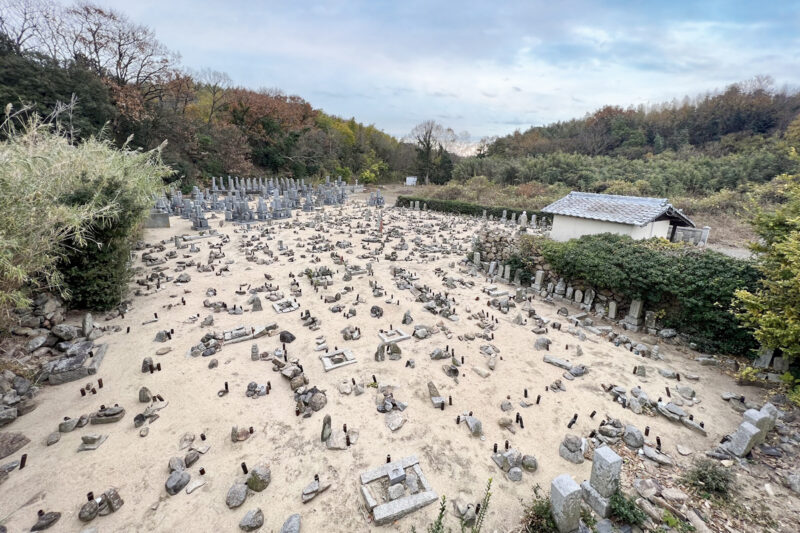
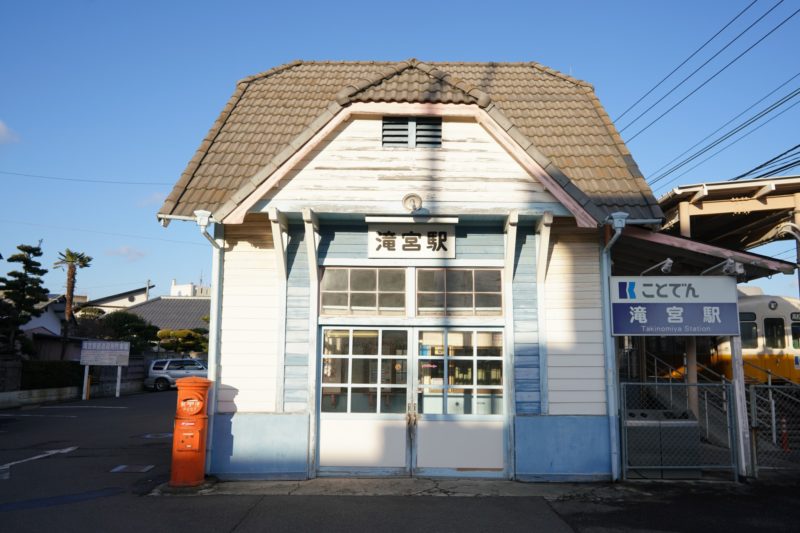
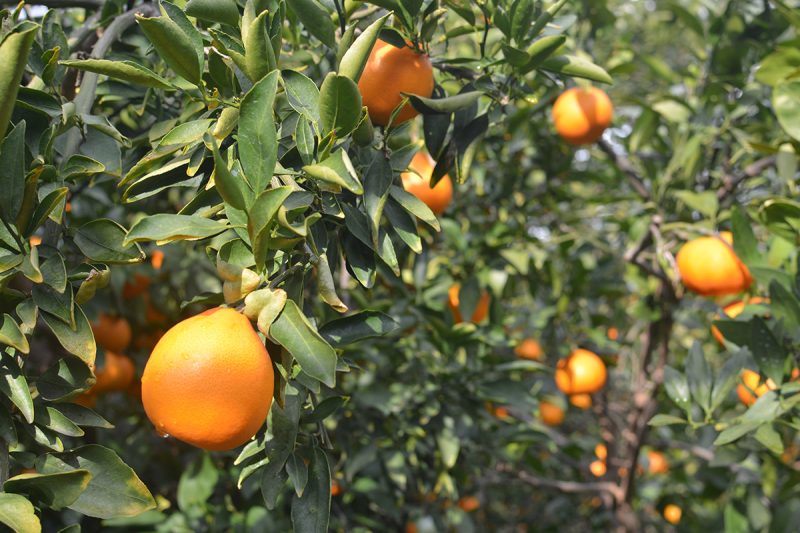
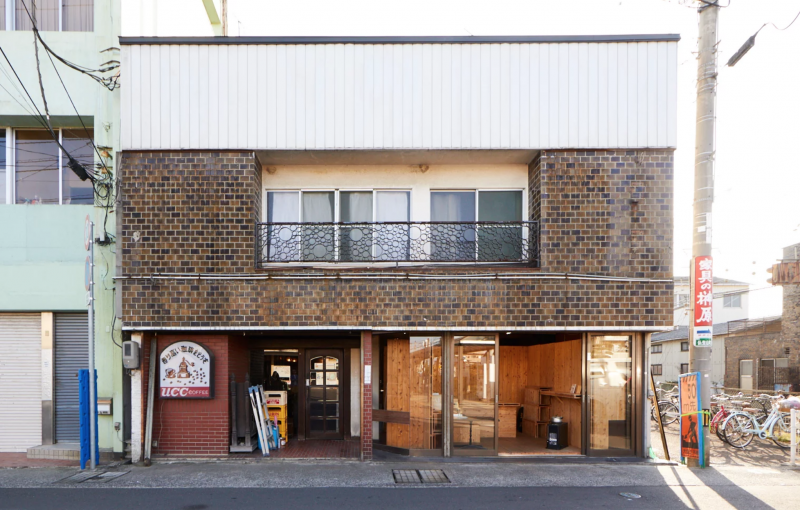
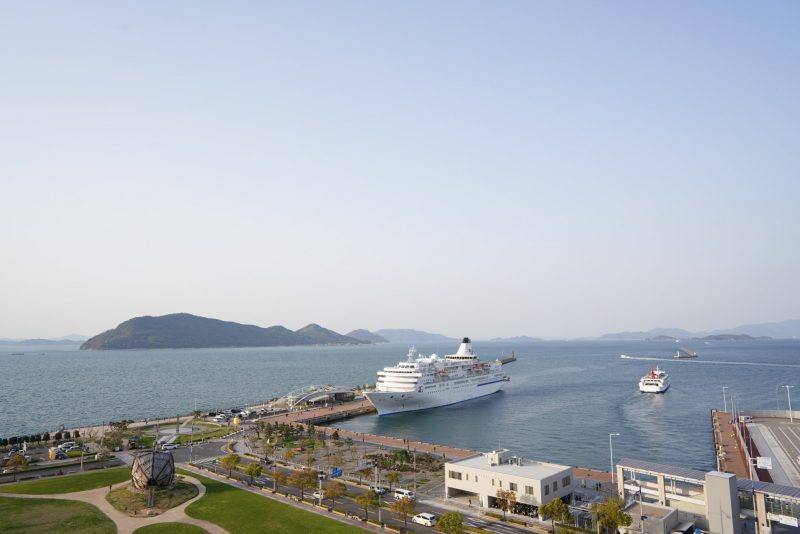
![【香川】栗林公園の梅。江戸時代から親しまれてきた梅園 – [Kagawa] Ritsurin Garden Japanese Apricot Trees](https://yousakana.jp/wp-content/uploads/2021/02/UME_Japanese-Plum_Ritsurin-Garden-800x533.jpg)
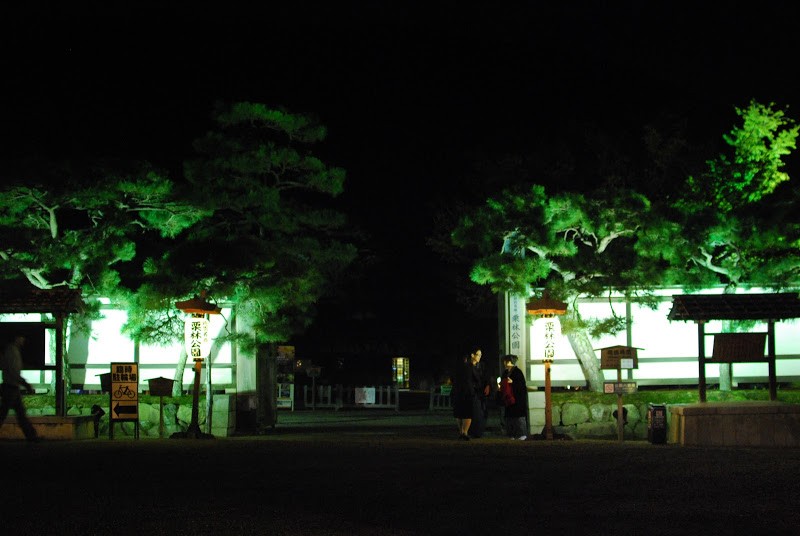
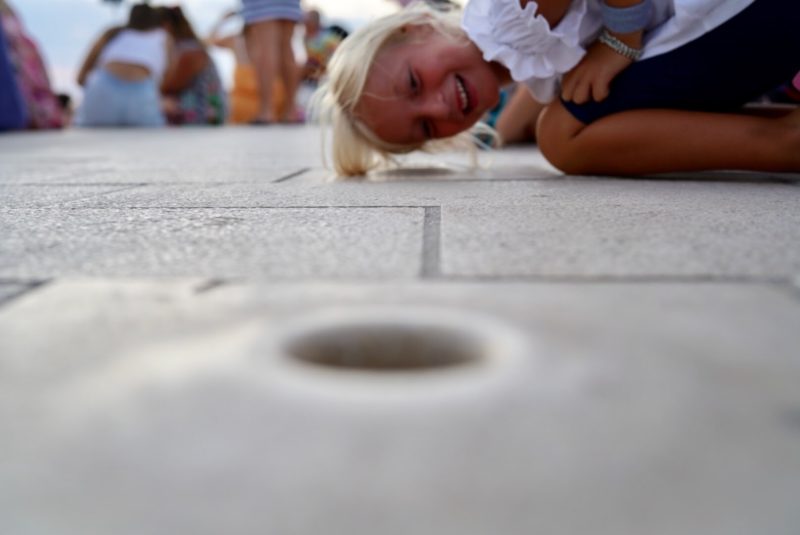
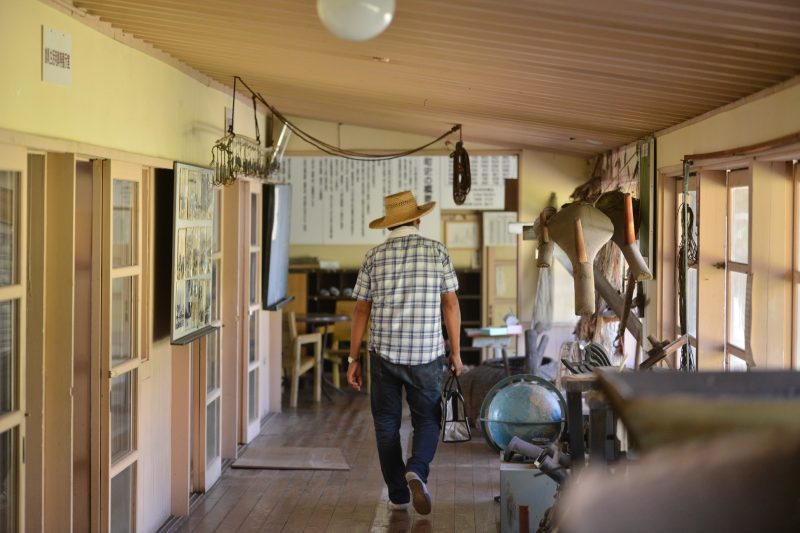
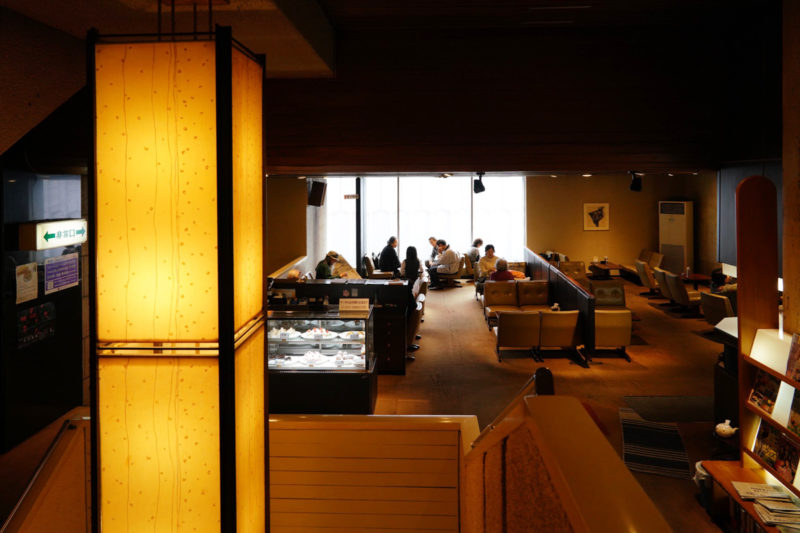
![【高知】日本の桜名所100選。植物学者・牧野富太郎さんの故郷にある『牧野公園』 – [Kochi] “Makino Park”, Botanist Tomitaro Makino](https://yousakana.jp/wp-content/uploads/2022/02/panorama_makino-park_sakura-800x533.jpg)
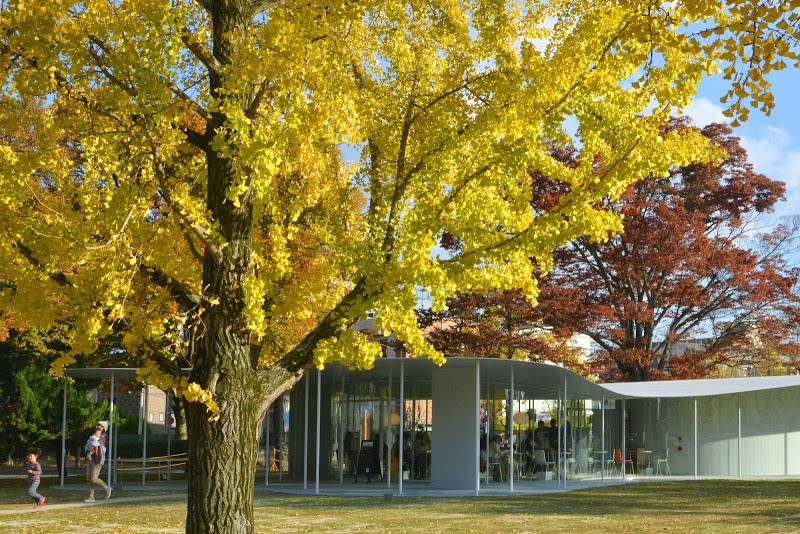
![【高知】浜田の『泊り屋(とまりや)』 – [Kochi] Wooden huts “Hamada no Tomariya”](https://yousakana.jp/wp-content/uploads/2021/11/Wooden-huts_Hamada-no-Tomariya-800x533.jpeg)
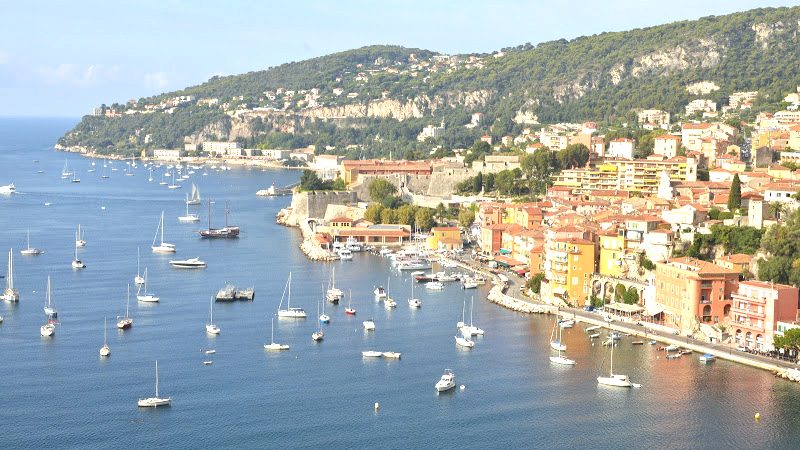
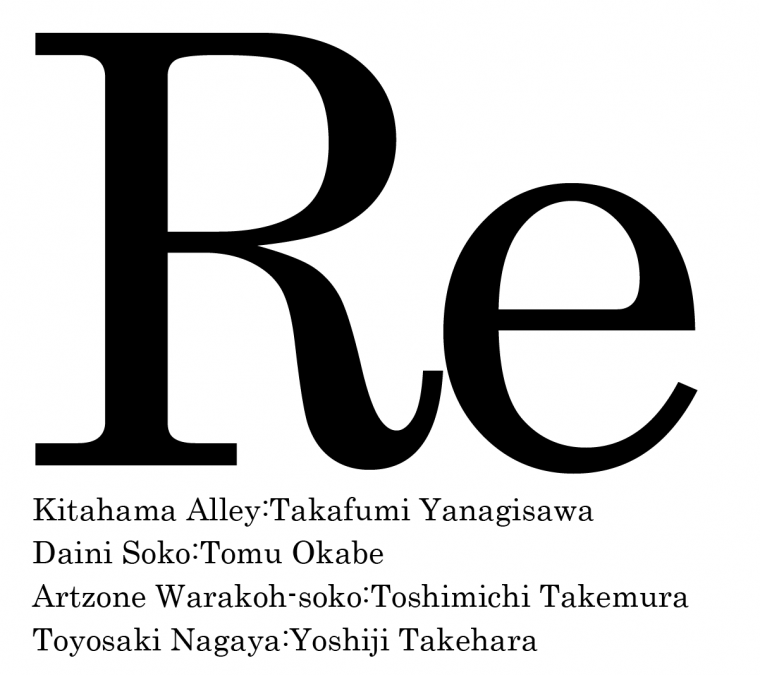
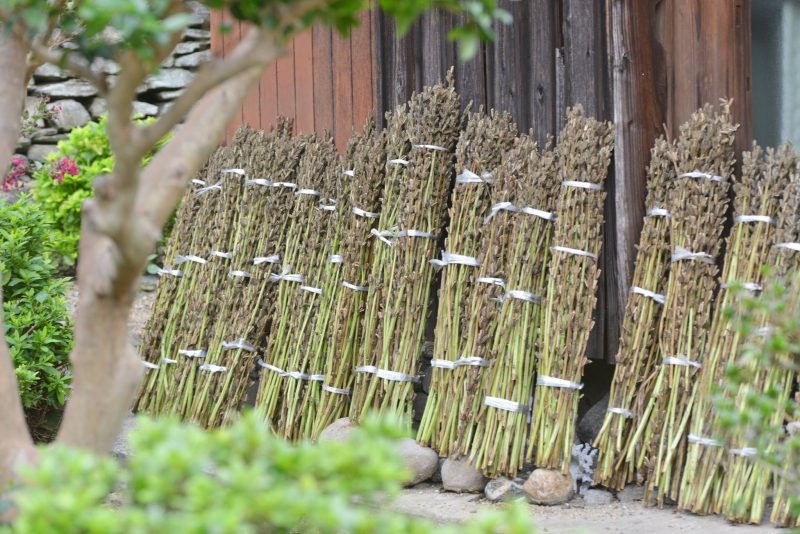
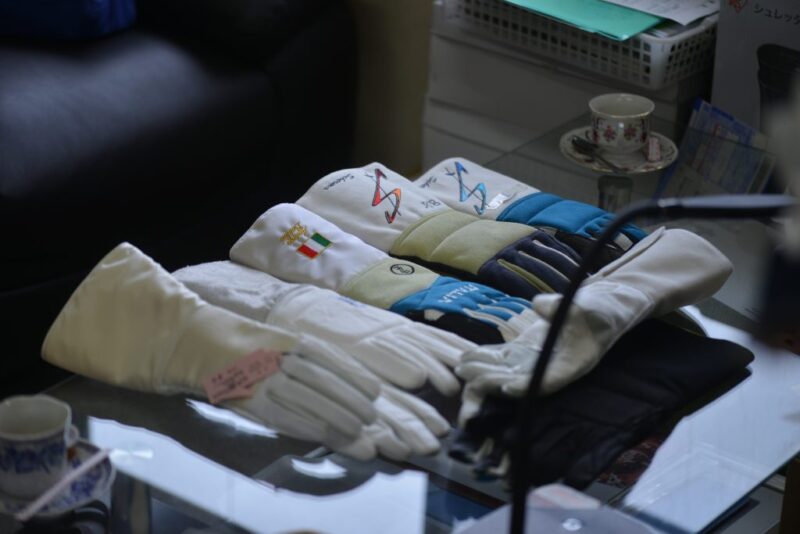
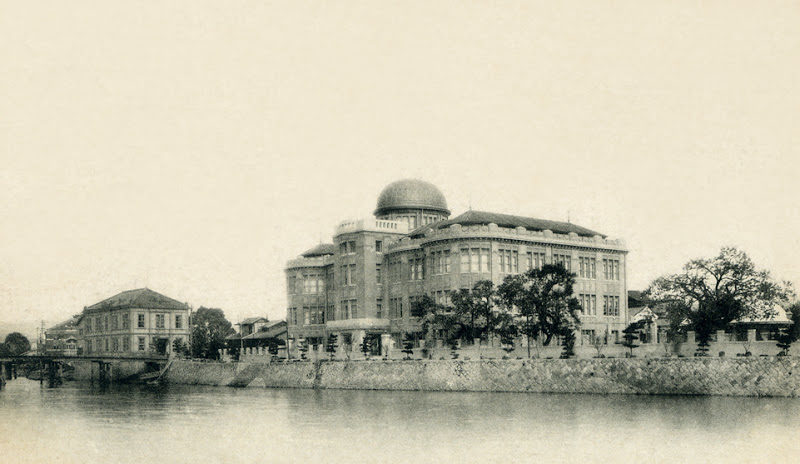
![【高知】魚を守る道、アイスハーバー型らせん魚道 – [Kochi] Ice Harbor type spiral fishway](https://yousakana.jp/wp-content/uploads/2022/10/Ice-Harbor-type-spiral-fishway_Kochi-800x534.jpeg)
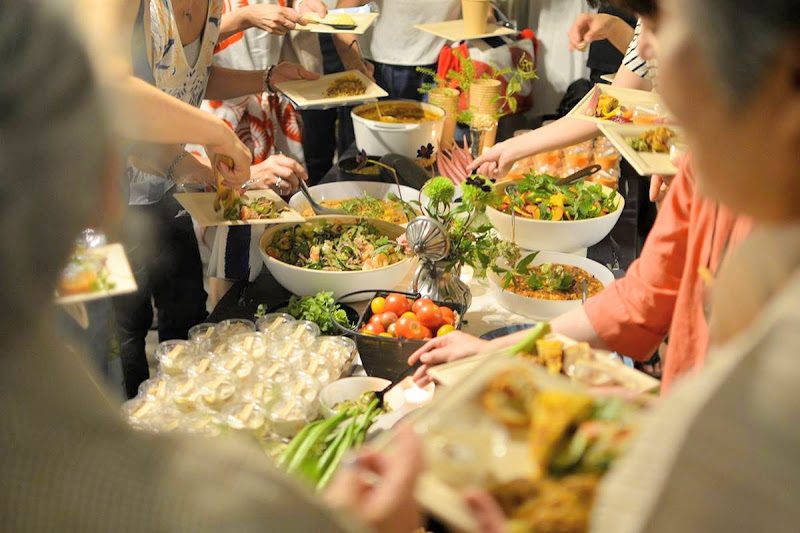
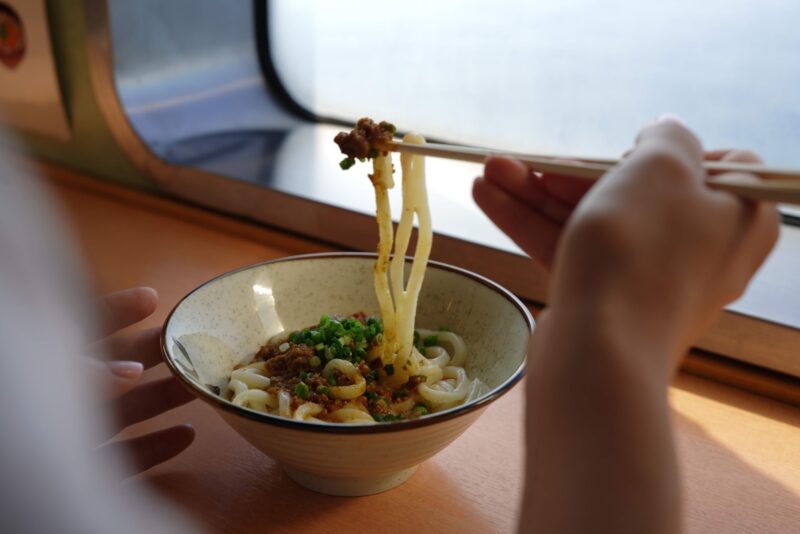
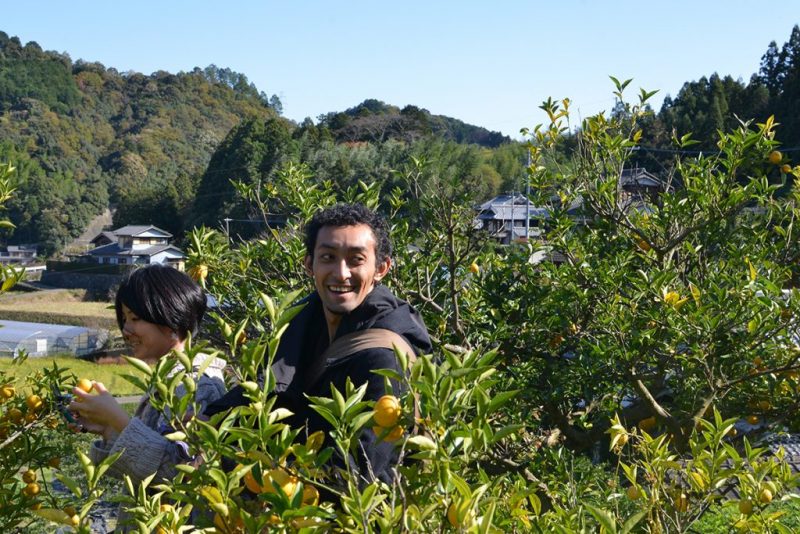
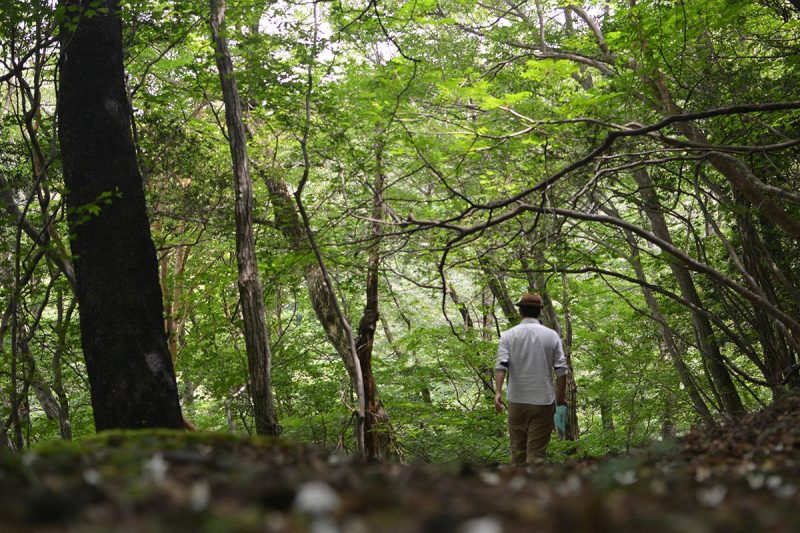
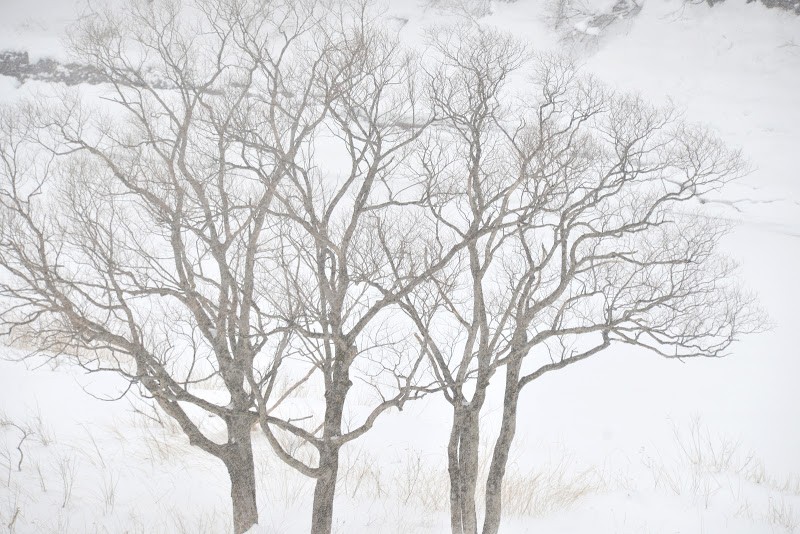
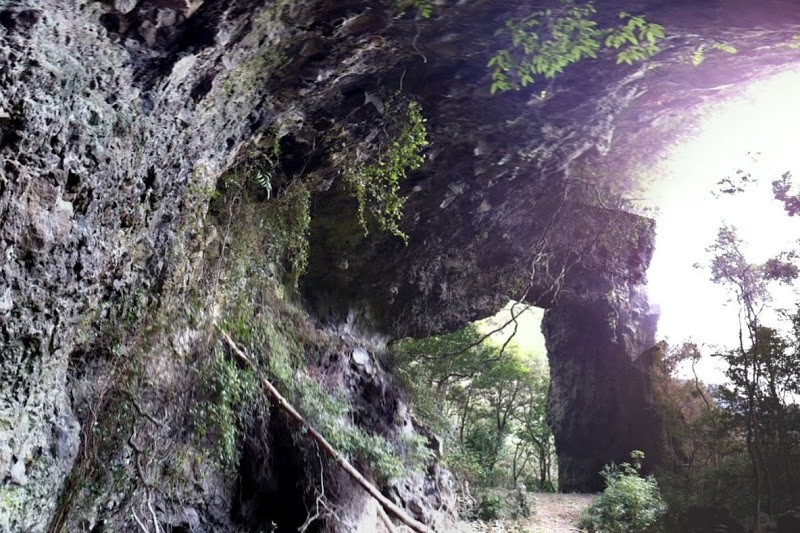
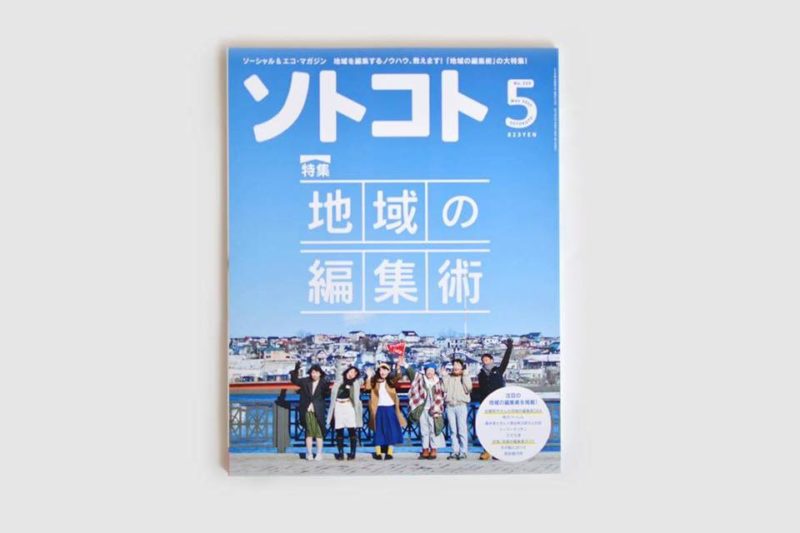
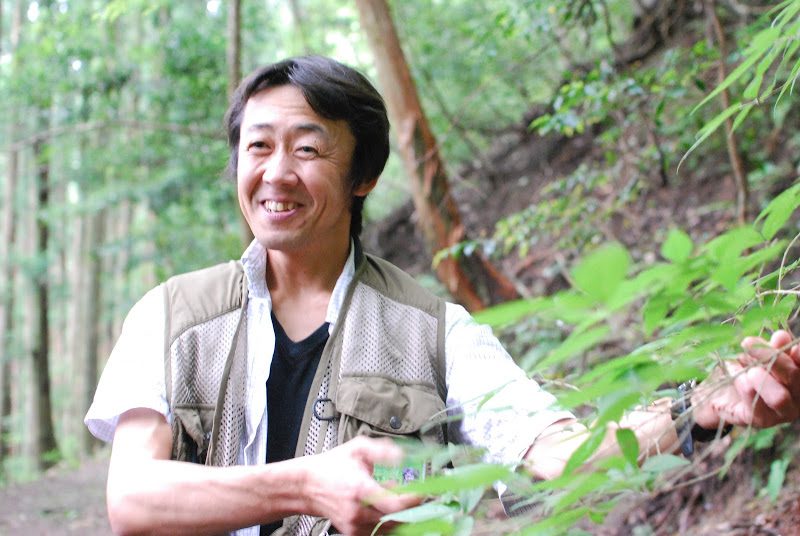
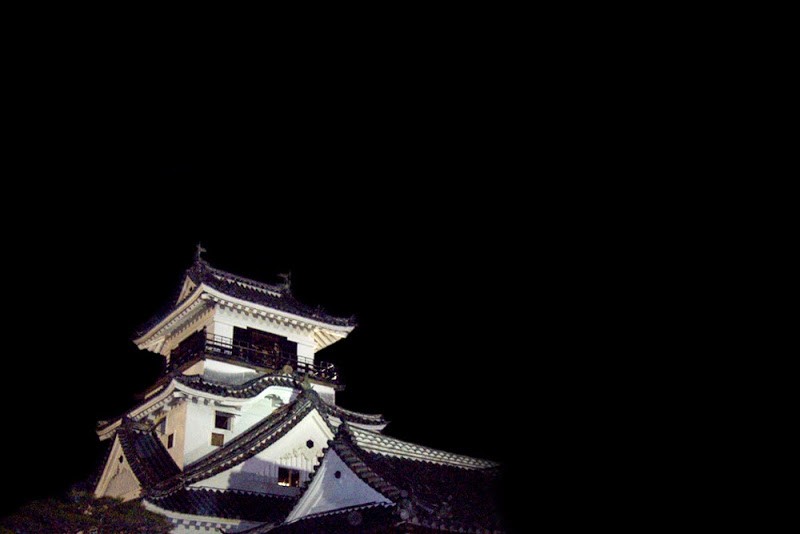
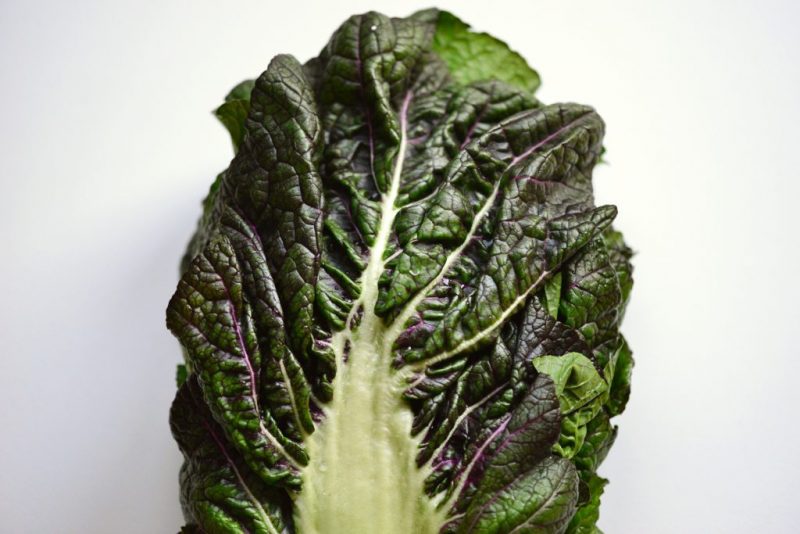
![【香川】20種・1500株のあじさい。花の寺『勝名寺』 – [Kagawa] Flowery Shōmyōji temple](https://yousakana.jp/wp-content/uploads/2018/06/shomyoji-temple-ajisai-800x534.jpg)
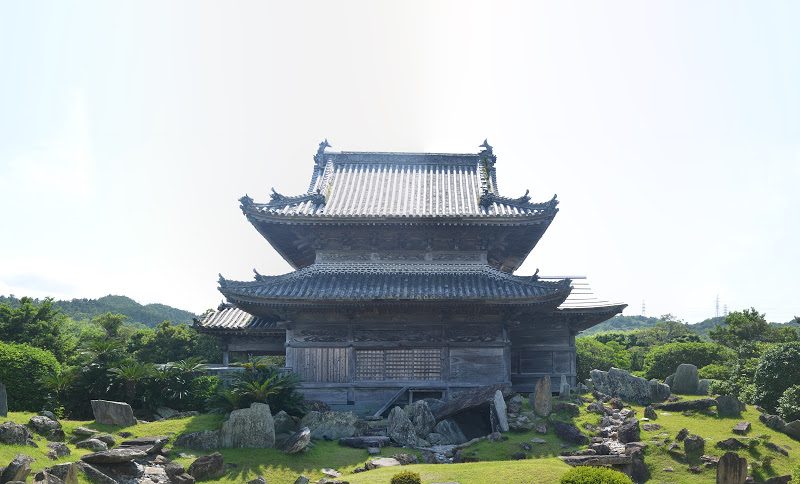
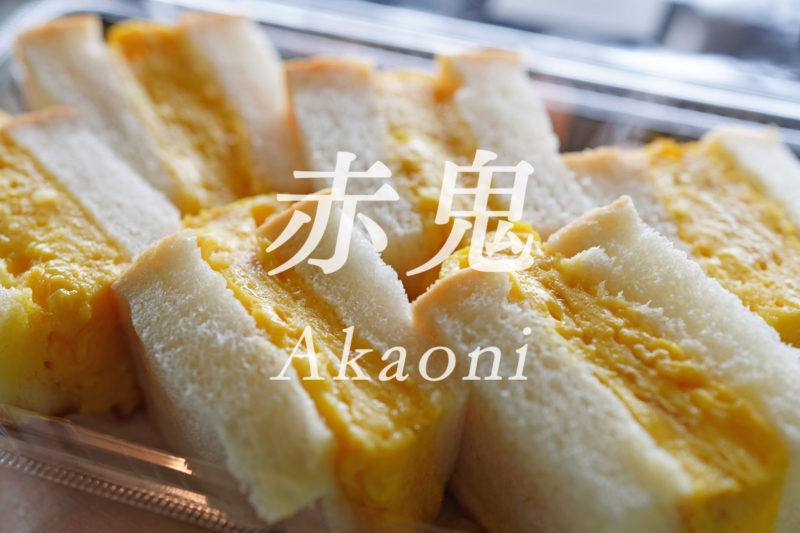
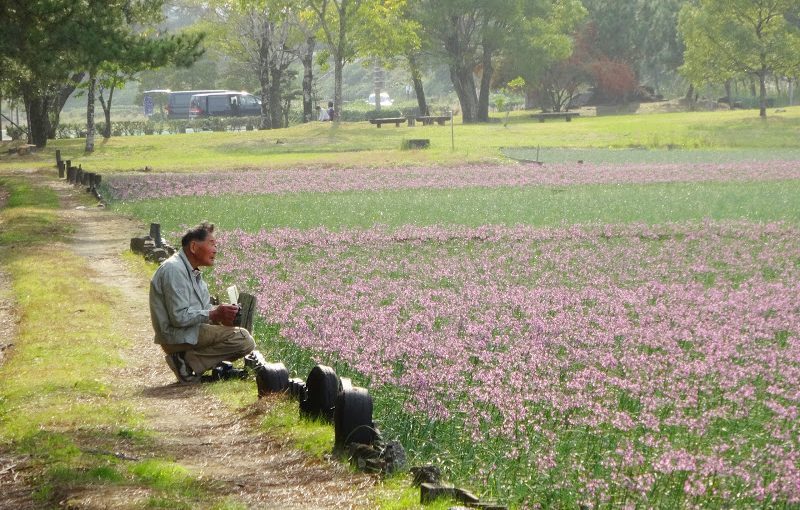
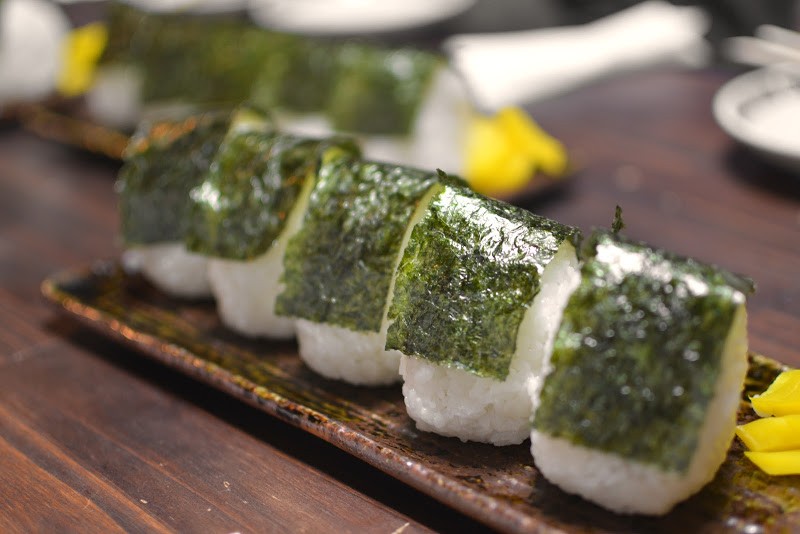
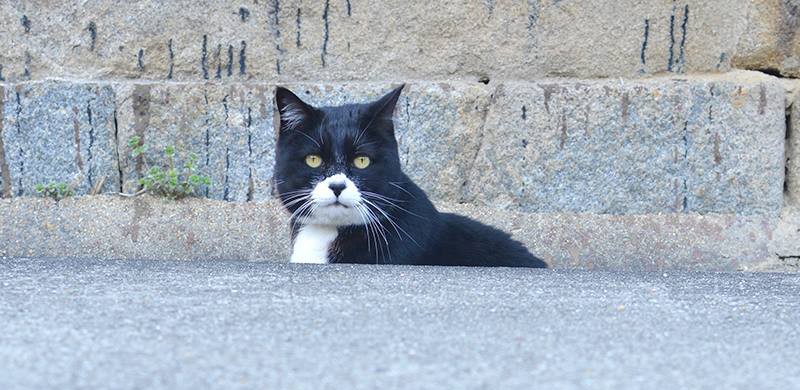
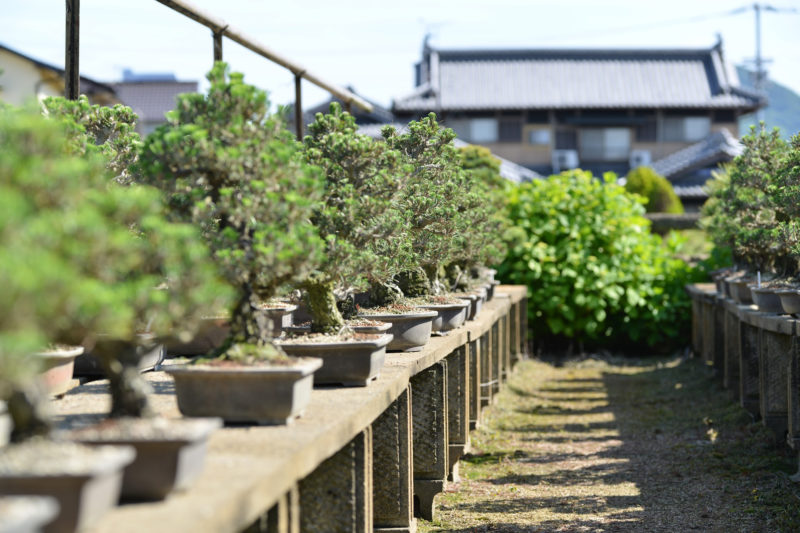
![【小豆島 7/5】虫送り、江戸時代から島に伝わる行事 – [Shodoshima island 5 July] The torch procession at island](https://yousakana.jp/wp-content/uploads/2023/06/mushiokuri-shodoshima-island-800x450.jpeg)
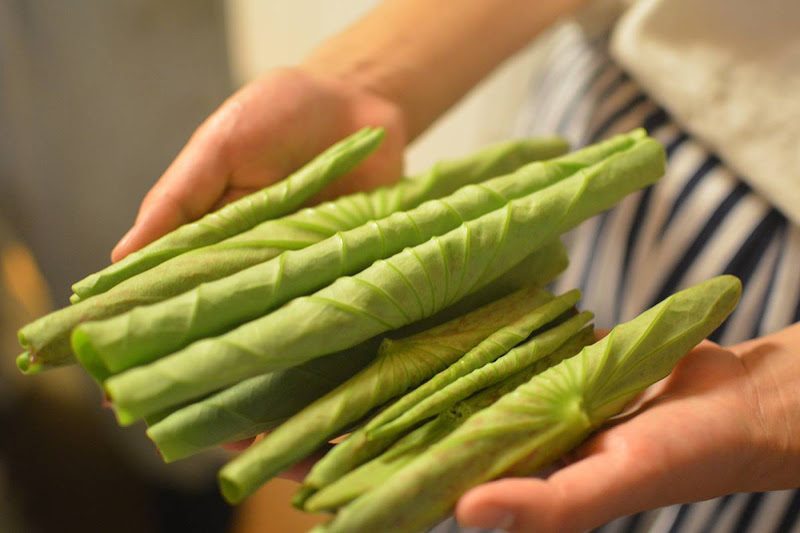
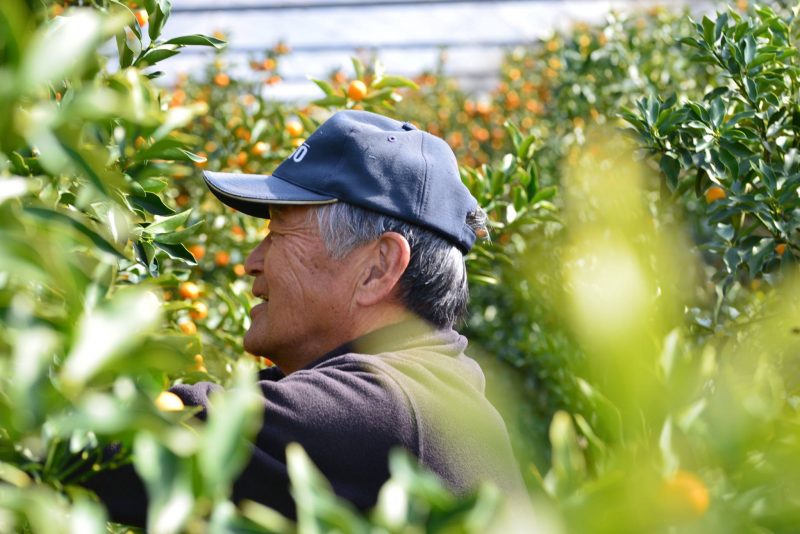
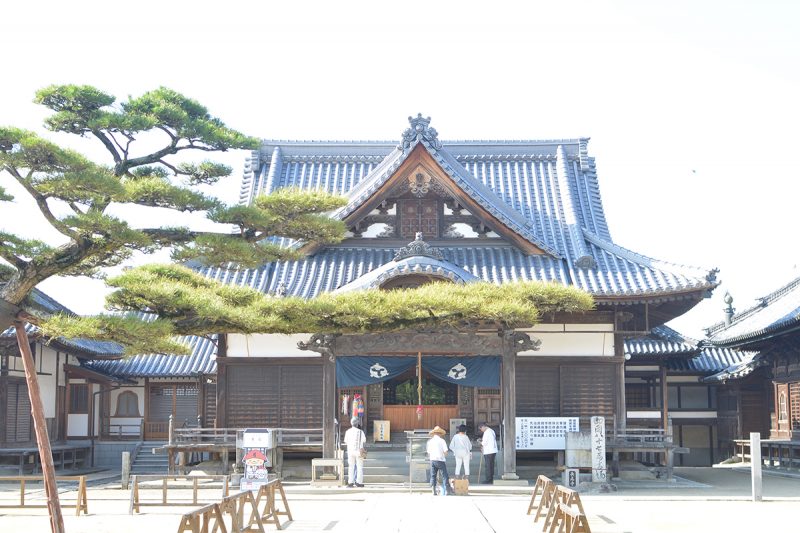
![【高知 毎年2月11日】土佐の三大祭り『秋葉祭り』 仁淀川町 – [Kochi Feb. 11th ] Akiba Festival of Niyodogawa town](https://yousakana.jp/wp-content/uploads/2017/02/akibafestival_kochi-800x536.jpg)
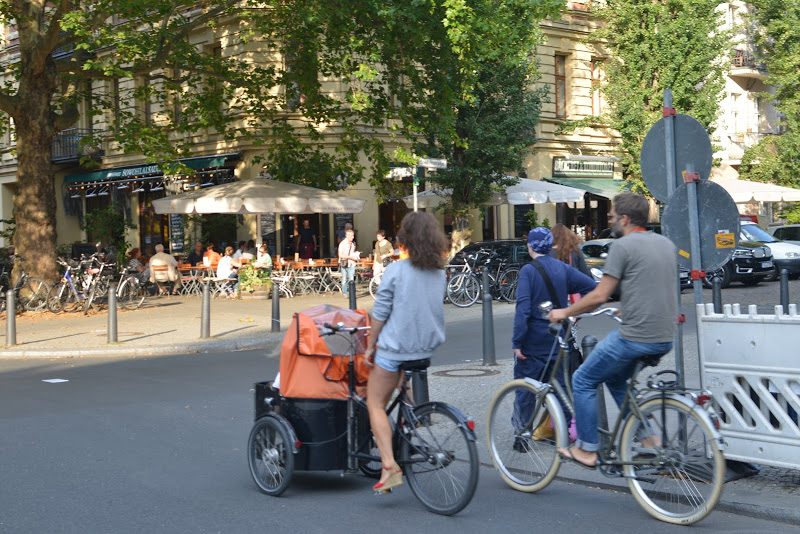
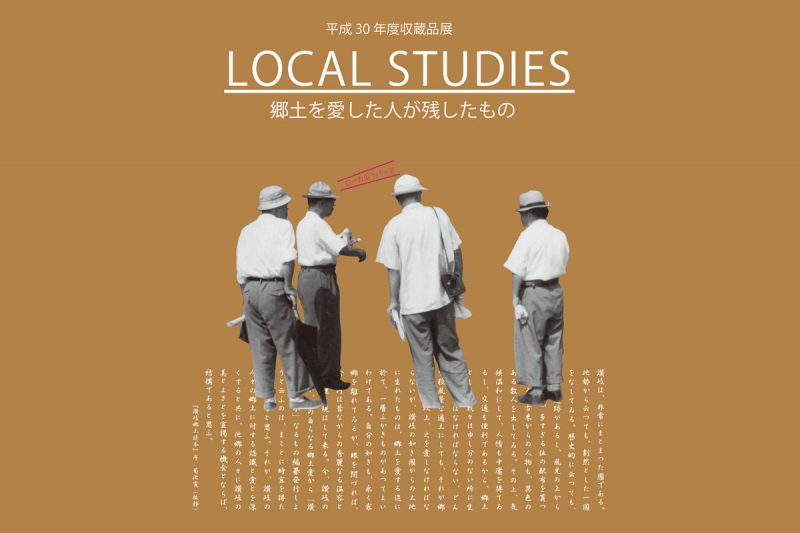
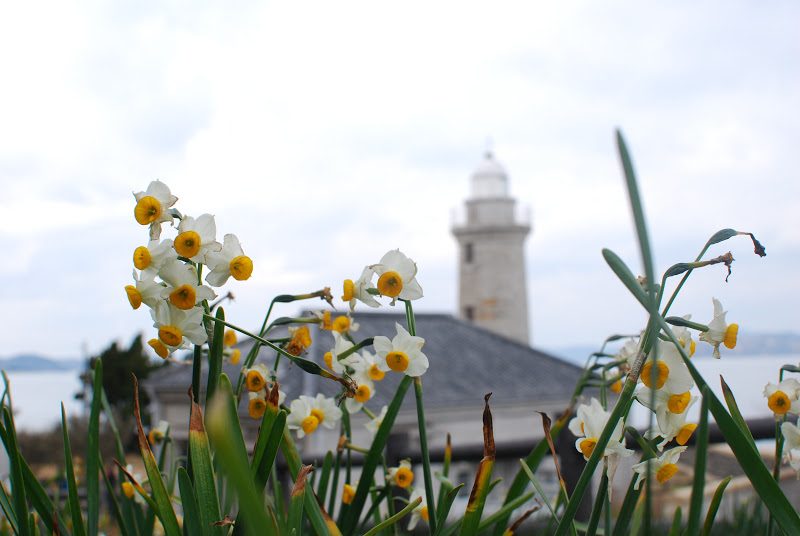
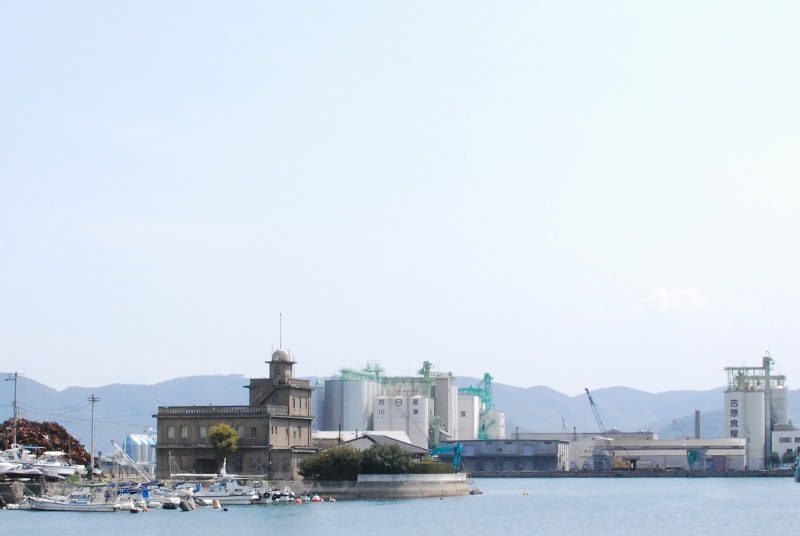
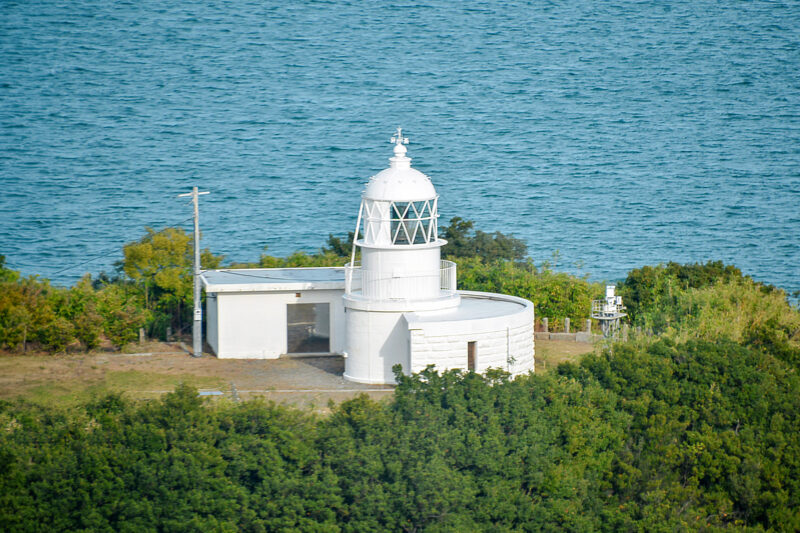
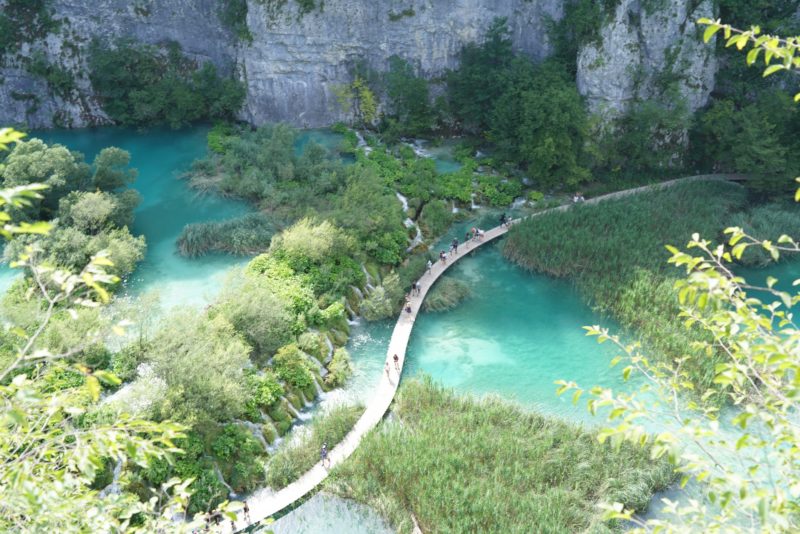
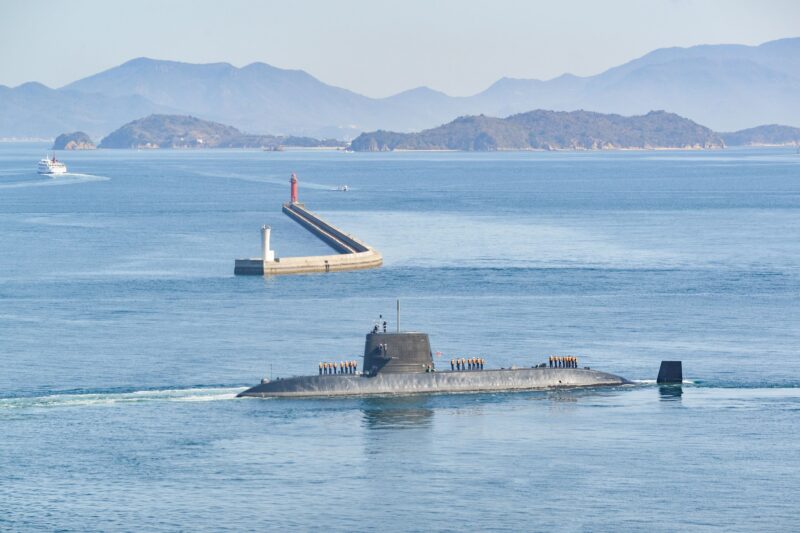
![【徳島】ごみゼロを目指す上勝の北極星『カフェ・ポールスター』 – [Tokushima] Cafe polestar with zero-waste statement of Kamikatsu](https://yousakana.jp/wp-content/uploads/2013/12/polestar-kamikatsu-800x536.jpg)
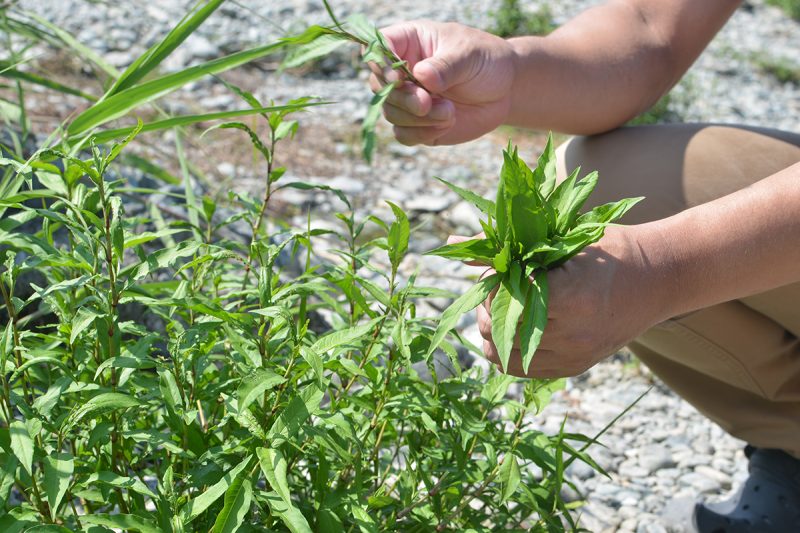
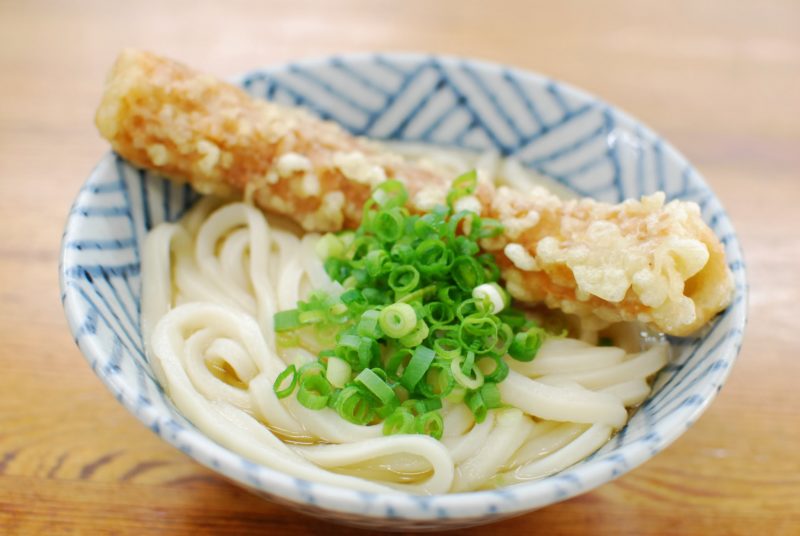
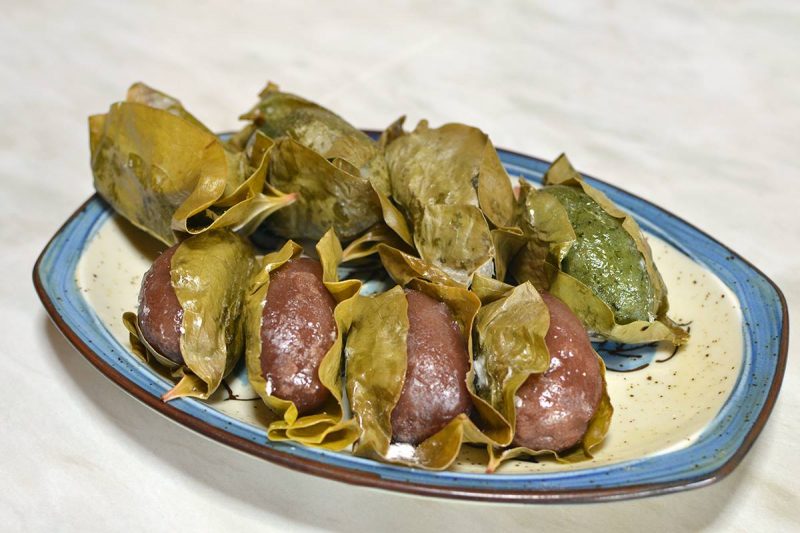
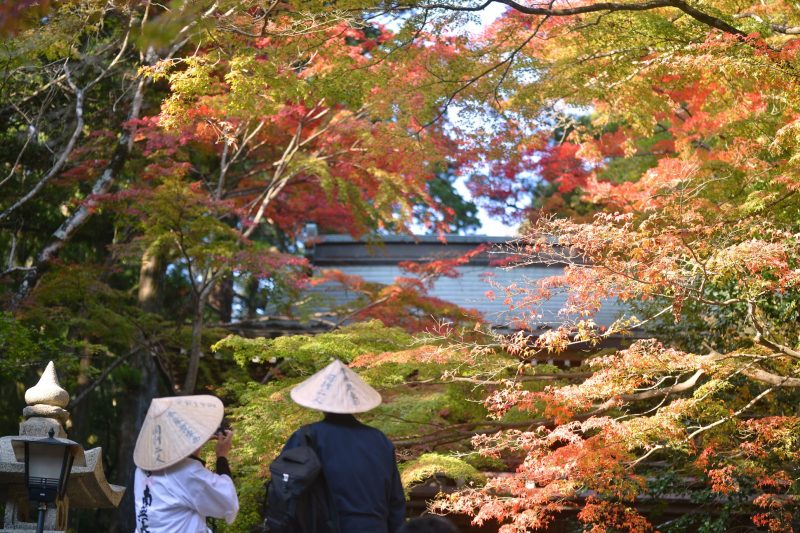
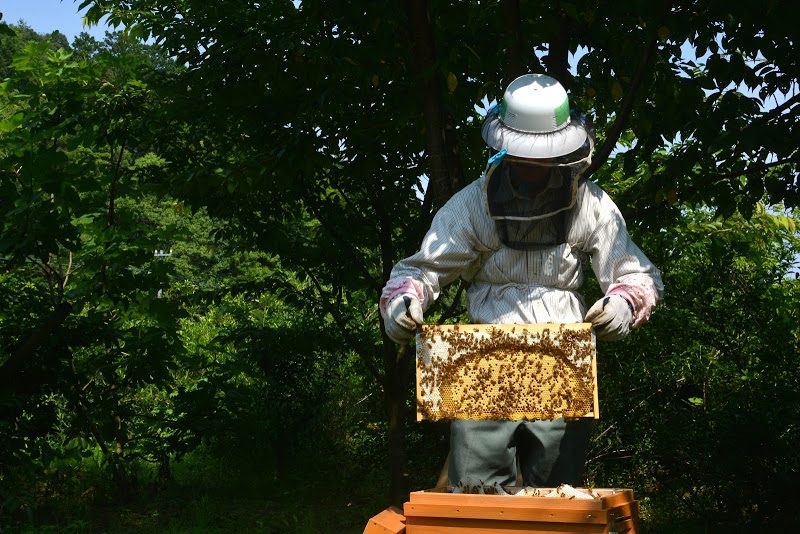
![【香川 8/2】仁尾 竜まつり – [Kagawa 2 Aug] Nio Dragon Festival](https://yousakana.jp/wp-content/uploads/2024/08/nio-dragon-festival-01-2048x1365-1-800x533.jpeg)
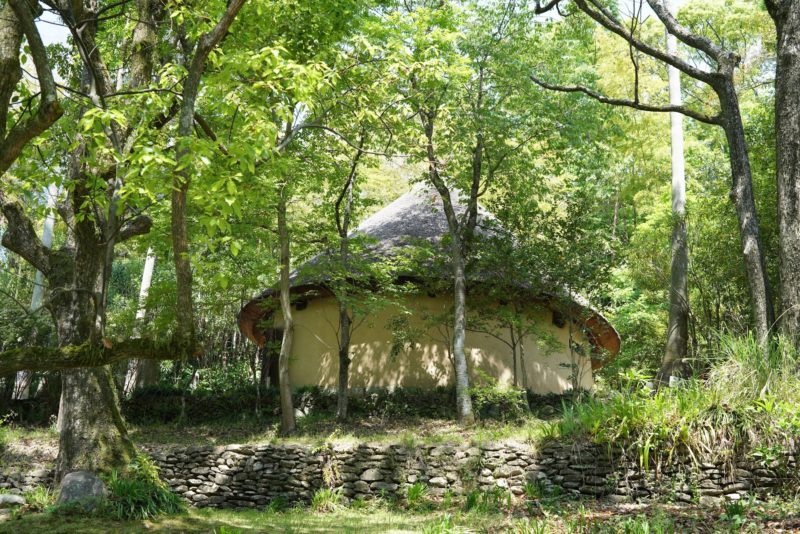
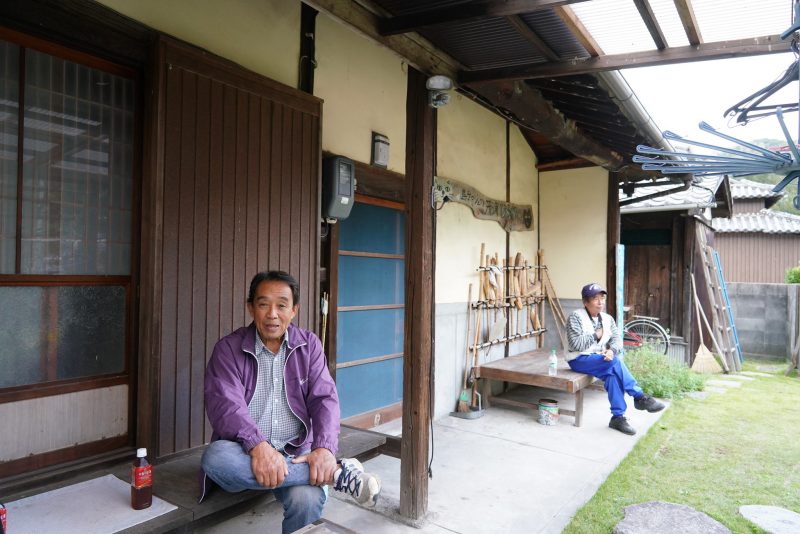
![【香川】玉手箱の紫煙のよう。紫雲出山の紫陽花 – [Kagawa] Hydrangeas of Mt. Shiudeyama](https://yousakana.jp/wp-content/uploads/2019/06/Hydrangea-Mt-Shiudeyama.jpg)
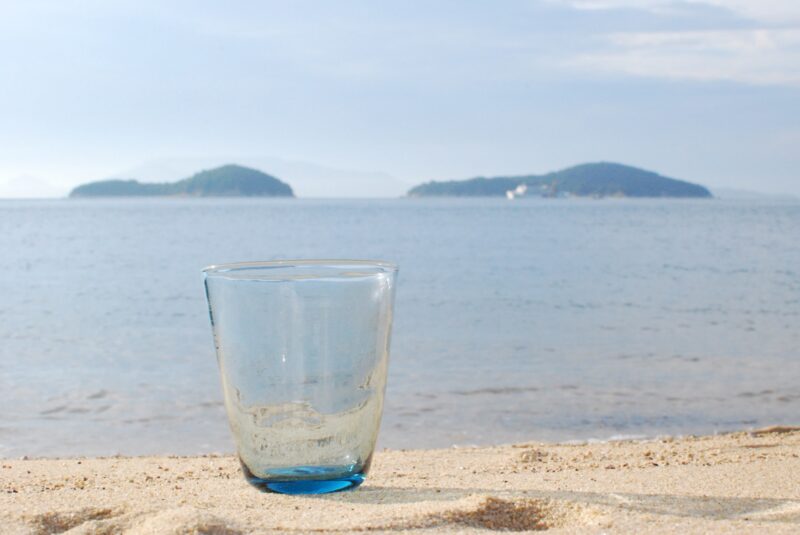
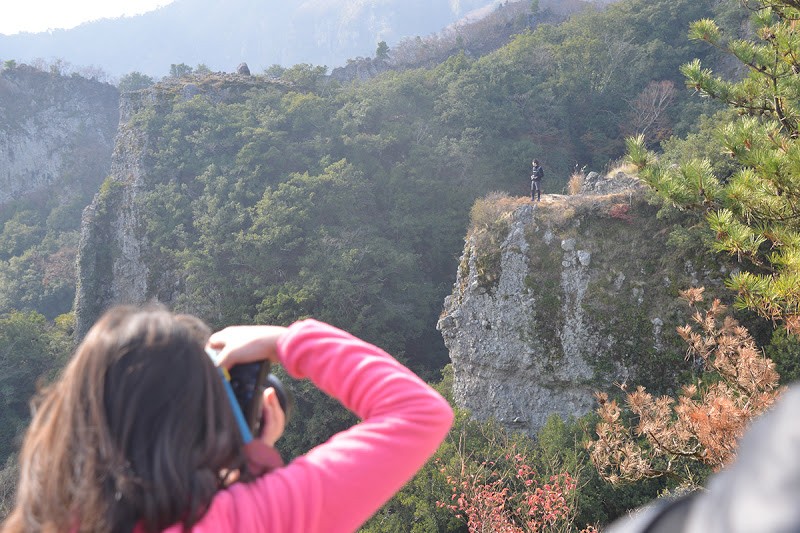
![【香川】建築家・山本忠司。風土に根ざし、地域を育む建築 – [Kagawa] Architect Tadashi Yamamoto](https://yousakana.jp/wp-content/uploads/2019/02/Seto-Inland-Sea-History-Folk-Museum-3-800x535.jpg)
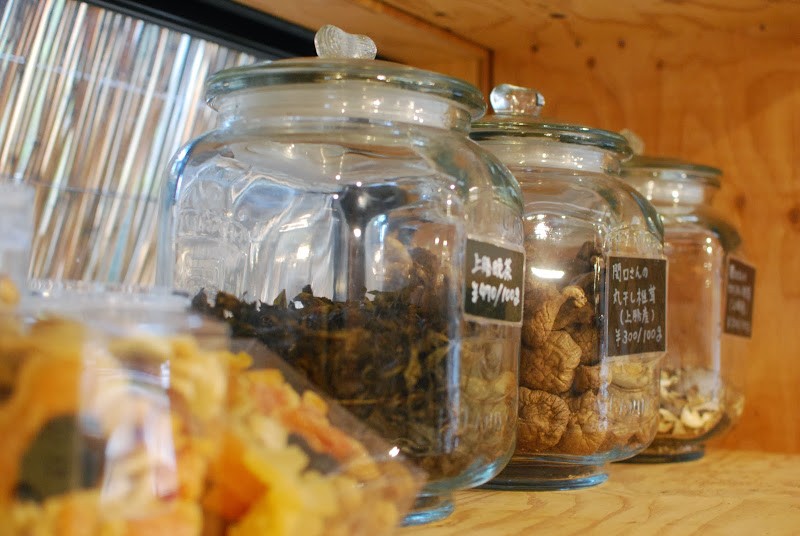
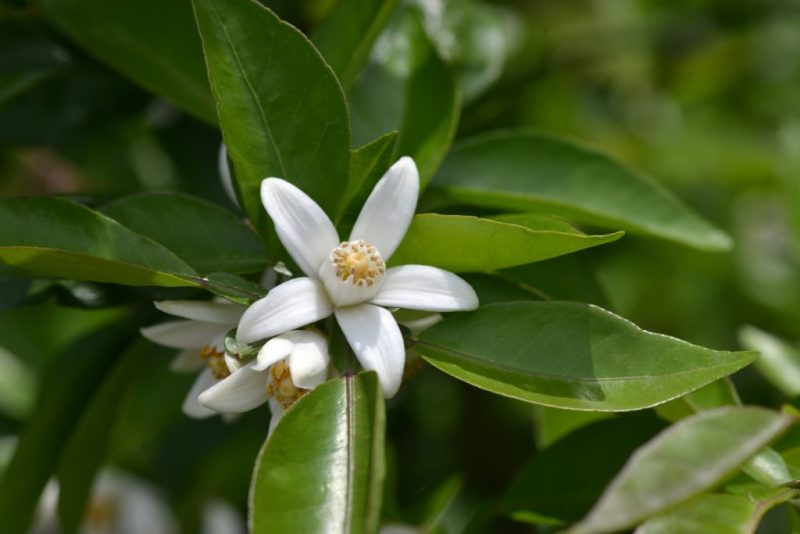
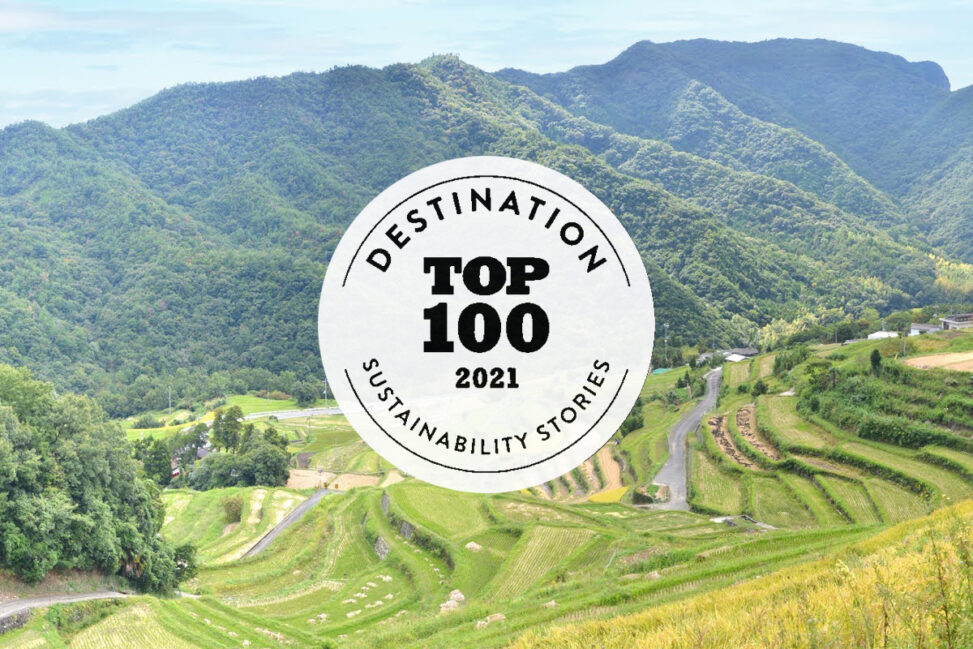
コメントを残す